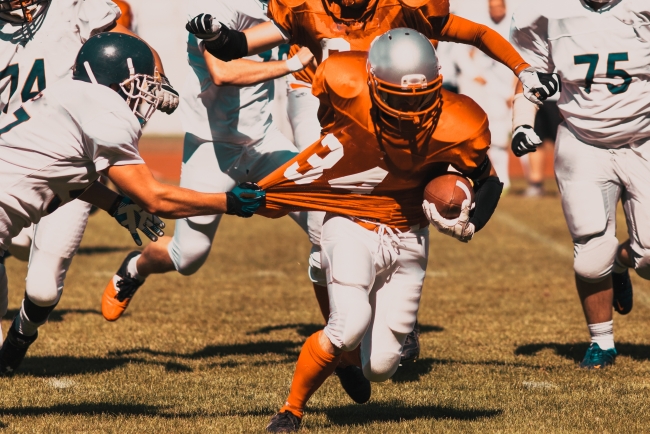
Imagine being a star performer who helps bring in millions of dollars in tickets and licensing deals but doesn’t receive a paycheck. For college athletes, this was the reality until recently. Now, though, a recent ruling allows direct pay for college athletes. This is a game changer, with major income protection implications.
Compensation for College Athletes
College athletes have long occupied a strange position. College sports are a big business – according to ESPN, the National Collegiate Athletic Association (NCAA) generated nearly $1.3 billion in revenue in the 2022/2023 fiscal year. However, the college athletes themselves have been treated as amateur – rather than professional – players.
According to NPR, the NCAA banned schools from paying student athletes. These athletes could receive scholarships that covered the costs of tuition and college, but that was it. This started to change in 2021, when new rules allowed college athletes to receive compensation for their name, image, and likeness rights. Now, with a multibillion-dollar class-action legal settlement, direct compensation is on the table.
The settlement in question is House v. NCAA. According to ESPN, it ends three separate federal antitrust lawsuits accusing the NCAA of illegally limiting the earning power of college athletes. Under the terms of the settlement, the NCAA will pay approximately $2.8 billion in back damages, and schools can begin paying athletes directly. For the 2025/2026 year, pay will be capped at approximately $20.5 million per school, not including scholarships and other benefits.
A Game Changer for College Athletes
A study from Drexel University found that approximately 85% of college athletes lived below the federal poverty line. Research published in the Journal of Athletic Training found that college athletes were four times more likely to be food insecure compared to college students who were not on a sports team.
The new settlement could change that, especially for football players. CBS Sports says approximately 75% of the $20.5 million per-school cap will go to football players, 15% will go to men’s basketball, 5% will go to women’s basketball, and 5% will go to all remaining sports. Campus Insiders says a college football team may have 85 to 100 players or even more, but only 60 to 70 are on the active rosters.
If we assume the approximately $15.375 million allocated for football players is split evenly among 70 players, that works out to around $220,000 per player. Schools may divide the funds differently, but this provides an idea of what the average compensation might look like under the new rules. It’s nothing compared to what a professional football player can earn – Pro Football Network says the average salary of an NFL player is $2.8 million – but it’s not chump change, either.
The Disability Insurance Implications
Star college athletes have always had a need for income protection. Even when they couldn’t earn direct compensation, they had a future income to think about as well as a high risk of a career-threatening injury. A regular disability insurance policy couldn’t cover this risk, but there were specialized policies that provided draft protection in the case an injury or illness lowered their draft value. However, the cost of such a policy could be $10,000 for $1 million in coverage. To pay for this, many college athletes and their families had to take out loans.
Now, college athletes have both a current and future income to protect. They will still need specialized riders to cover the draft risk, which will be expensive due to the level of risk involved as well as the large amount of money on the line. However, now that college athletes are receiving compensation, they should have an easier time affording disability insurance premiums.
For disability insurance agents, this is a great opportunity. College athletes who may have rejected coverage in the past may now be open to purchasing a policy.
As with coverage for professional athletes, coverage for student athletes is usually written for a single season. The policy pays the benefit if the athlete cannot return to the sport full time due to a disability. The contract defines exactly how many games a player can play and still be eligible for an insurance payout. It’s also possible to add coverage for lost endorsements.
Are you interested in the college sports disability insurance market? Contact DIS.
